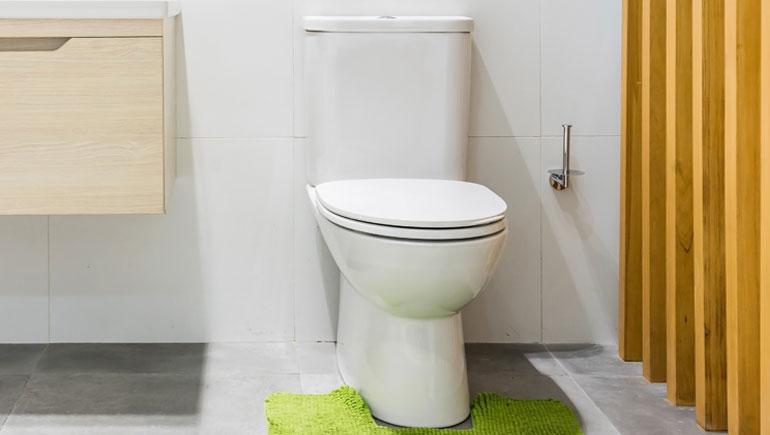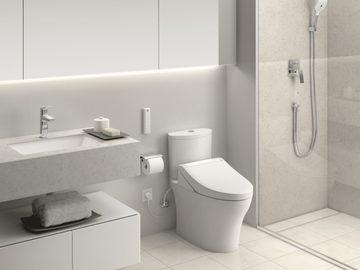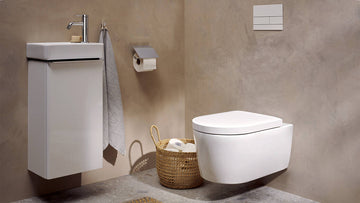In an era where environmental sustainability is increasingly vital, many homeowners and industry experts are pondering, 'Are water-saving toilets worth the investment?' As the push for eco-friendly solutions intensifies, understanding the true value and benefits of these innovative toilets is essential. Let's explore the numerous reasons why swapping your traditional toilet for a water-saving toilet may prove advantageous for both your finances and the environment.

The Environmental Impact of Traditional Toilets
Conventional toilets can consume up to 7 gallons of water per flush. Considering that the average household flushes around five times daily, this results in over 12,000 gallons wasted per person each year. Such excessive water use not only burdens local water supplies but also leads to significant water waste. In water-intensive sectors, this can translate into serious environmental and economic repercussions.
In contrast, water-saving toilets use only about 1.28 gallons per flush, drastically minimizing water consumption. Over time, this decline in usage leads to considerable savings and a reduced ecological footprint.
Cost Benefits of Switching to Water-Saving Toilets
One of the most persuasive reasons to consider a water-saving toilet is the potential for financial savings. Although the initial cost may surpass that of traditional toilets, the decrease in water usage can result in noticeably lower water bills. For businesses, this can quickly turn into substantial savings, particularly in regions with high water rates.
For families, the investment often pays off in the form of reduced utility expenses. According to Toilet King VA, upgrading to a water-efficient toilet can lead to approximately $110 in annual savings on water bills for a household of four.
Technological Advances in Water-Saving Toilets
Modern water-saving toilets boast cutting-edge technologies aimed at boosting efficiency and performance. For instance, dual-flush systems provide two flushing options: one for solids and a lighter option for liquids, optimizing water use as per necessity.
Pressure-assisted models utilize air pressure to enhance flushing force, ensuring effective waste removal with less water. These advancements make water-saving toilets not only efficient but also highly effective, overcoming concerns regarding their performance compared to traditional variants.
Industry Implications and Considerations
For industry professionals, the query, 'Are water-saving toilets worth the investment?' encompasses broader implications regarding building projects and renovations. With escalating regulations and incentives pushing for sustainable building practices, including water-saving toilets can significantly enhance a project's environmental credentials, catering to eco-conscious clients.
Moreover, sectors that adopt eco-friendly practices often enjoy positive public relations outcomes. By demonstrating commitment to sustainability, brands can improve their image and resonate with evolving environmental values.
Real-World Examples and Success Stories
A number of organizations have transitioned to water-saving toilets with notable success. For example, hotels and office buildings in areas with limited water resources have reported considerable reductions in both water usage and costs.
The Benefits of Water-Efficient Toilets provides practical insights on how businesses have integrated these toilets to achieve both economic and environmental advantages.

Installation and Maintenance Considerations
When contemplating the switch, it's crucial to account for installation and upkeep. While water-saving toilets are generally straightforward to install, ensuring proper fitting is essential for peak performance. Routine maintenance, akin to any plumbing fixture, is key to longevity and efficiency.
Industry experts should pay attention to the specific demands of these systems, as improper installation can result in performance setbacks or even undermine the water-saving benefits.
FAQs
Q: Do water-saving toilets truly save money?
A: Yes, over time, reduced water consumption can lead to significant savings on your water bills, especially in regions with elevated water rates.
Q: Are water-saving toilets less effective than traditional models?
A: No, modern water-saving toilets are crafted to be highly effective. Innovations like dual-flush systems and pressure-assisted flushing guarantee efficient waste removal.
Q: How much water can you conserve with a water-saving toilet?
A: Depending on the model, water-saving toilets can consume as little as 1.28 gallons per flush, a stark contrast to the 7 gallons used by older models, adding up to substantial water savings over time.
In conclusion, the answer to 'Is a water-saving toilet worth the investment?' is a resounding yes for anyone aiming to lessen their ecological impact and decrease water expenses. As technology progresses, these toilets continue to evolve in efficiency and accessibility, rendering them a smart choice for both homeowners and industry professionals.






